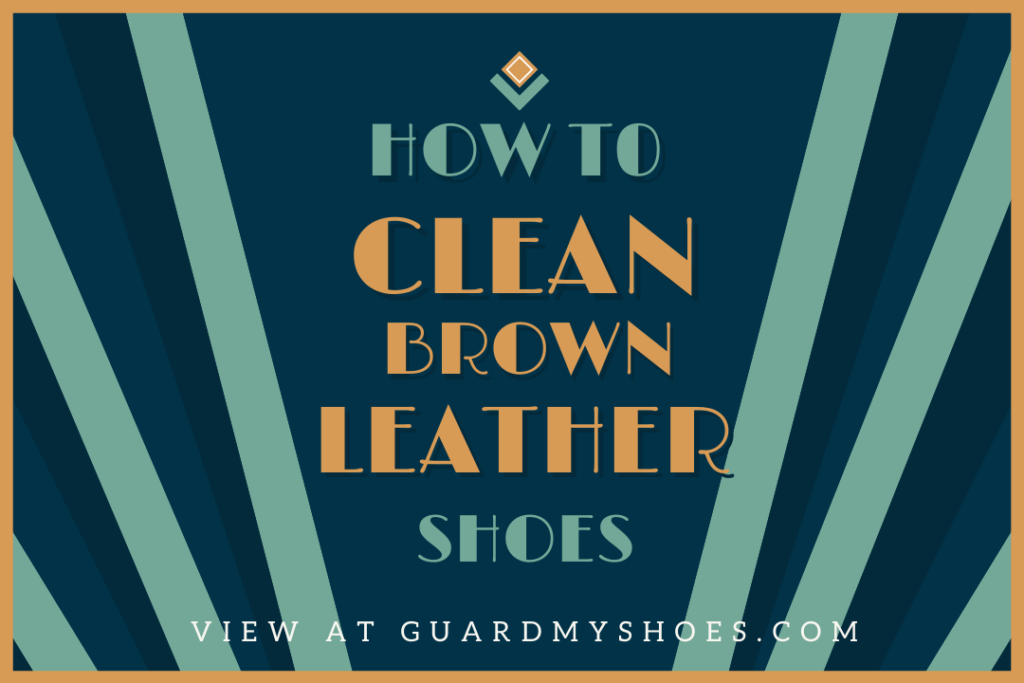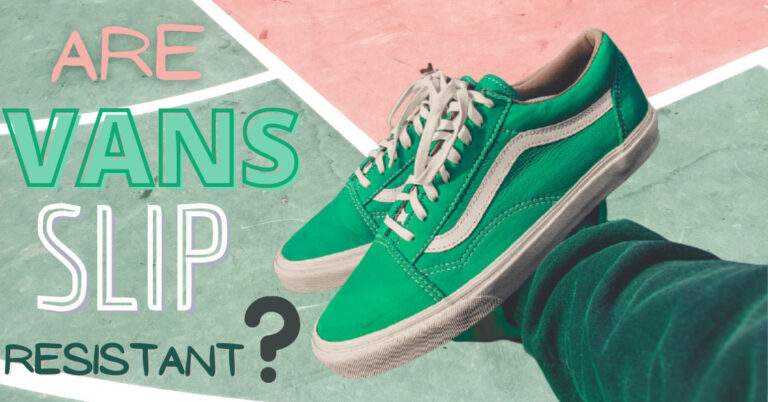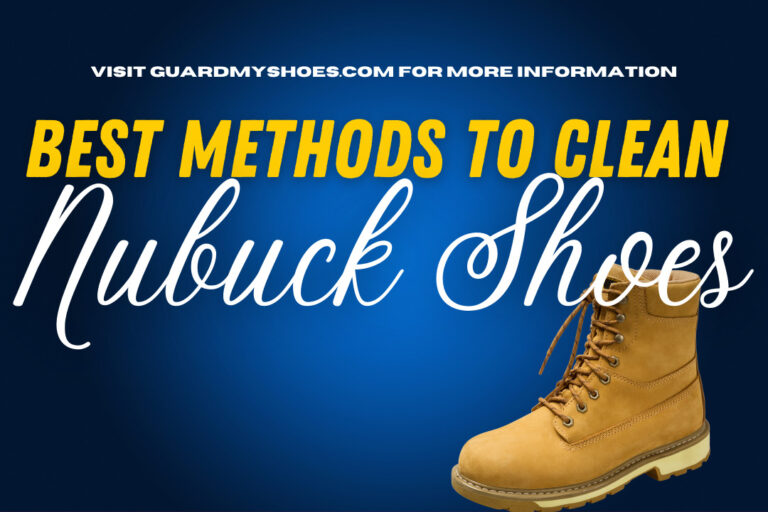How to Clean Brown Leather Shoes – Best Ways to Remove Stains
Got a pair of brown leather booties or Timberlands that you don’t want to part with just yet, or are you doing some sleuthing before investing in a pricey pair?
Seeing that leather shoes cost a small fortune and demand ample upkeep, your anxieties concerning their maintenance are not unusual.In any case, fret not! Since we have got you fully covered with several nifty tips on getting your mucky leather boots—brown or otherwise—to look tip-top and stellar once again.
But before prescribing the much-awaited panacea, let us ferret out the origin of the usually anticipated issues.

Where Are You Going Wrong?
If your leather shoes are starting to look shabby—despite your constant efforts to keep them immaculate—there’s a high chance that they are weather-beaten and overexposed. Where your prized leather shoes are meant to last you some rain, some sunshine—they cannot withstand relentless heat and corrosive substances for long.
While many leather enthusiasts may disagree, leather boots are not intended for every occasion either, viz.: a trek or a mountaineering trip. Also, if you love to dance, we have reviewed some of the best swing dance shoes here.
Now, although your mangy boots might suggest the ship has already sailed for a chance at recovery—it has not. Because the upcoming cleaning advice will not just redeem your shoes—whether old, relatively new, or a future investment—but give them a guaranteed new lease of life as well.
Guideposts for Cleaning Leather Shoes
The first step to eliminating a problem—which may be a stain or a blot in your case—is to locate its root cause; since what works for mud may not always render the best results for oil.
Once you have a handle on where your shoe troubles stem from, follow the succeeding two-step process to set the actual cleaning ritual in motion.
- Remove the laces and set them aside—or wash and wring them for good measure. Remember, taking a crack at cleaning when the shoelaces are still inside will only accentuate the damage and costs.
- Do away with any grit with a soft-bristled brush—taking care not to scratch them in the process. Be gentle and thoroughly clean out the sole and seams as well.
Now that you have the requisites down, you can address the principal problem—be it oil, grease, or mud.
Oil and Grease Stains
Oil stains are not as unyielding as we like to believe. All it takes to banish these measly smudges from your best-loved boots…is your good old, workaday talcum powder.
Curtly, sprinkle some powder over the stain and let it sit for roughly 3 hours—dusting it off gently at the end. In case you are fresh out of powder, cornstarch does almost the same job as talc in double the time.
Salt and Dirt
Where salt and dirt may seem innocuous, they do irreparable harm below the surface; therefore, it is elementary to follow the aforementioned requisite steps concerning brushing them away.
Mud
Unlike the others, mud requires you to go an extra mile with soap, warm water, and leather conditioners. To get this usual suspect off your boots, follow this handy step-by-step guide:
- Dip a soft cloth into a soap and water concoction, wring it out, and then go over the stains.
- Once you have tackled them all, rinse your shoes out with clean water and a delicate cloth.
- Understand that they will be dripping wet at this point, and try to soak up as much moisture as you can using a towel.
- Dry the shoes out in indirect heat for a decided period—careful not to overexpose them.
- Lastly, give them a coat of leather conditioner and let them sit for at least 15 minutes or so.
Voila! Your leather shoes are now as pristine as they come. Free from the shackles of hard-line mud.
Waterproofing Treatment
Another rule of thumb for leather boots is waterproofing them to avoid water and other elements from adhering to them in the first place. For your leather boots, check out the waterproofing products we have reviewed. Throw this treatment into the bargain with all our other hacks, and your leather boots will last you longer—if not a lifetime.
Cobbler to the Rescue
If you deem yourself incapable of tending to your shoes, an occasional trip to the cobbler’s will do you most good. It will also save you time and cleaning products. Most cobblers are not heavy on the pocket and are likely to throw in some freebies as well. Briefly, it’s a win-win situation!
Caring for Leather Variants
Sadly, these riveting scrubbing hacks might only come in handy for genuine leather footwear—as different leathers demand different caring regimes.
Attending to Suede Shoes
Suede shoes are a much tougher nut to crack than genuine leather. Once blighted, they have little chance at complete redemption. Thus, the best way to go about caring for your dandy suedes is to brush them after every wear—and only brandish them when necessary. Still and all, remember not to overclean them to the point of no return. Moderation, dear readers, is critical in keeping with your suedes.
Patent Leather Pamper Routine
Are your patent leather shoes no longer the star attraction at your parties and meetings? Here is how you can revitalize them:
A damp cloth and some mild soap should do the trick for minor stains. But to retain that eye-catching glossiness, you should invest in a patent leather cleaner. These cleaners are specially designed to alleviate all of your leather-related problems—and save you the extra steps to boot. Along with that if you are looking for waterproof tennis shoes, check them out.
FAQs
Can I use face powder/bronzer instead of talcum powder to remove oil stains?
Face powders or any pigmented powders will do more harm than good. They are a big NO! Cornstarch is a much safer alternative.
Will the cobbler charge me for a small scuffs and stains as well?
You do not need to go to the cobbler’s for puny stains and scuffs, but it might cost you between $30 to $50 to get overexposed and highly run-down shoes repaired.
Closing Remarks
Even though leather is valued for its durability and allure, it is not Kryptonite. So if you want to save your hard-earned money from going down the drain, then try not to pull out all the stops in showing off your enviable leather boots. Because while excessive cleaning should not get in the way of buying bougie and looking your best, leather is not everybody’s cup of tea—and indeed not everybody’s mess to clean.
Conclusively, salvaging some pairs is close to impossible, and it will be best for you to chuck them out or donate them—no matter how cherished or valuable they may be.






